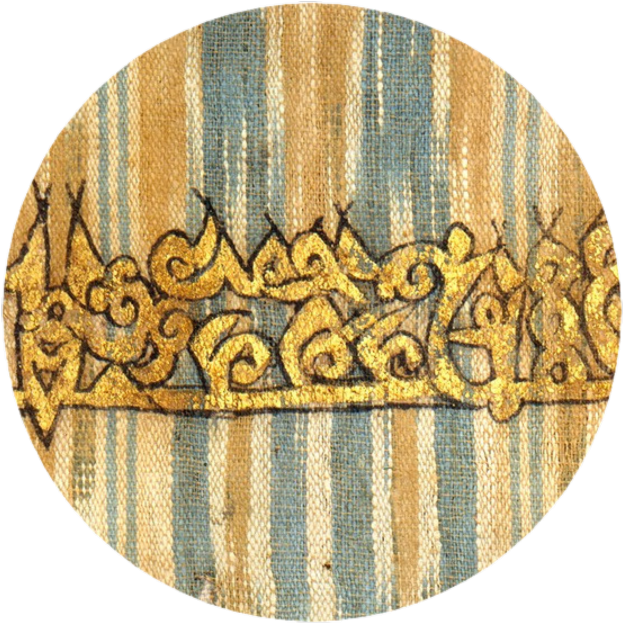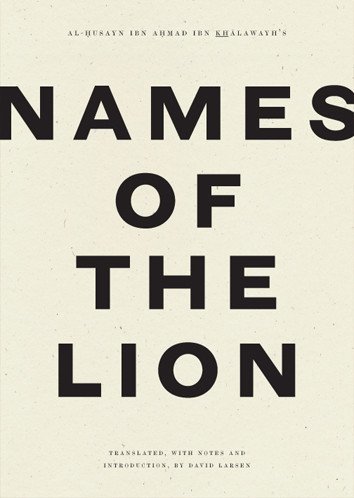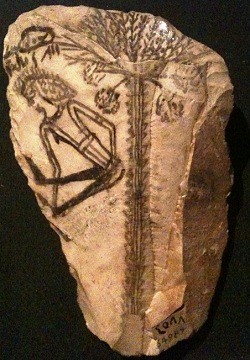Enclosed within the temple complexes of ancient Egypt (among them the temple of Memphis which predates 3000 BCE) were structures called "Houses of Life," where teachers and students were trained in the life sciences. Dissection and anatomy, chemistry, diagnosis of diseases and their remedies, the principles of mummification—the Houses of Life were the ideal place for study in all these fields, due to the embalming process which required the cutting open of human cadavers and animal carcasses, and the removal of their innards in preparation for mummification. This was the job of the medical diviners, who also tended to sacred animals and to the animals fattened for slaughter, whether as offerings to their gods or for human consumption.
Animal care flourished in ancient Egypt, and wealth in livestock increased among peasants and the landowners who kept large herds of cattle, sheep, goats and other ungulates. For horses and asses great care was also taken. They set up canopies in the fields, so that the animals might find rest and tranquility in their shade. Meanwhile, the herdsmen sat in the shade of trees, from where they would watch over them and apportion their feed—a scene that appears in the [tomb paintings representing the] fields of Ti, ca. 2550 BCE. In these settings, herdsmen gained experience in care and husbandry, tending to pregnant animals and supervising their delivery, seeing to their milking and the nursing of their calves, and isolation of the sick and their cure.
Mastaba of Ti, Saqqara. Detail from a photo by Richard T. Mortel
As the care of sick animals was left up to shepherds with experience and knowledge of cures, it was from their ranks that the veterinary doctor emerged, as affirmed by the English scholar Wilkinson in his book of 1878.
The life of the traveler Khuf Har is dated to the Sixth Dynasty, so it was 2350 years before Christ that he made his famous journey to the upper regions of Nubia in search of incense and ivory. For transport and communication outside the country he used 300 asses, and that same season he brought them all back, loaded with impressive treasures. This reflects the level of the ancient Egyptians' ability and their skill in tending animals.
In 1889, the English archaeologist Flinders Petrie discovered a Twelfth-Dynasty papyrus on veterinary medicine, whose date goes back to 2000 BCE, in the Ilahun subdistrict of the province of Fayyum. This text indicates remedies for bulls suffering from tear duct infections, as well as depression and sadness, and for dogs afflicted with internal parasites.
From Veterinary Medicine Between Past, Present and Future,
a 1990 publication of the Egyptian Veterinary Syndicate.
(See also: Agriculture in Ancient Egypt)





